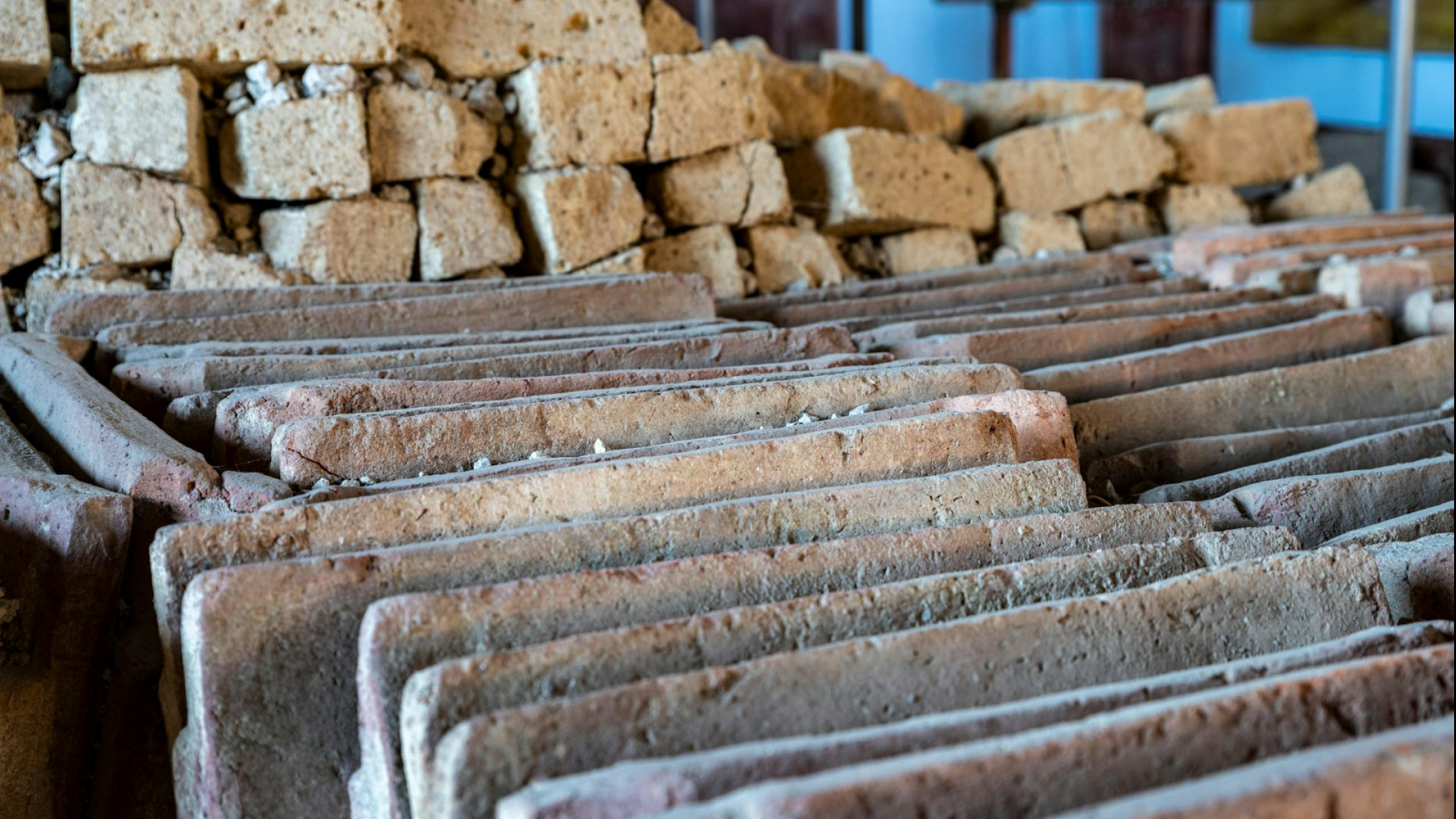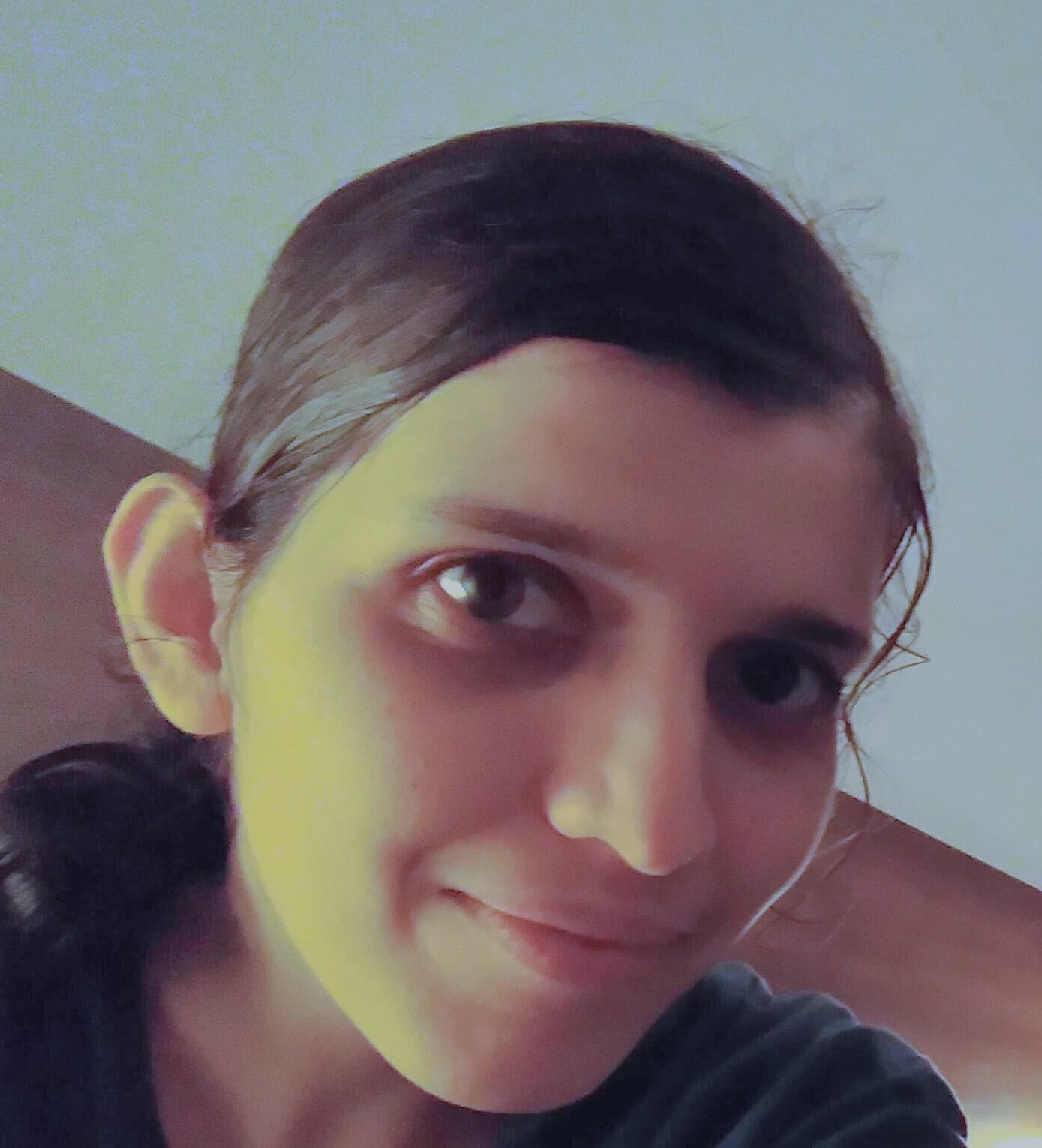
Deepa Jain
Deepa Jain is a freelance science writer from Bengaluru, India. Her educational background consists of a master's degree in biology from the Indian Institute of Science, Bengaluru, and an almost-completed bachelor's degree in archaeology from the University of Leicester, UK. She enjoys writing about astronomy, the natural world and archaeology.
Latest articles by Deepa Jain

Time moves faster on Mars, posing new challenges to crewed missions
By Deepa Jain published
Clocks on Mars tick faster by about 477 microseconds each Earth day, a new study suggests. This difference is significantly more than that for our moon, posing potential challenges for future crewed missions.
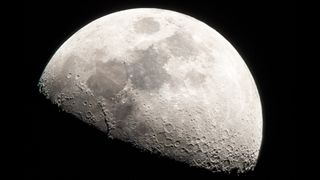
Scientists finally find explanation for lopsided cloud that follows Earth's moon through space
By Deepa Jain published
The moon's oddly skewed dust cloud may be caused by an extreme day-night temperature difference, a new study suggests.
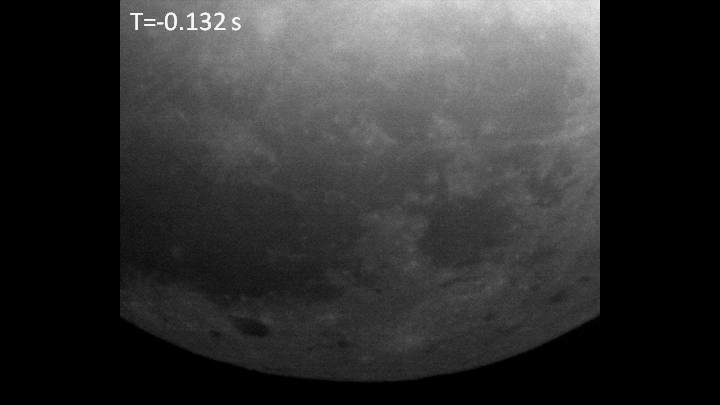
What are the mysterious lights sometimes seen on the moon?
By Deepa Jain published
Earth's moon is occasionally illuminated by flickers, glows or beams of light. What are these mysterious lights?
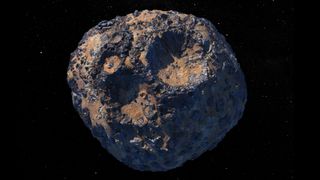
$100,000 quadrillion asteroid Psyche may be the product of metal volcanoes, study hints
By Deepa Jain published
The metal-coated asteroid Psyche may have had eruptions of molten iron and nickel on its surface. This situation was more likely if the space rock is made of the same chemicals as metal-rich meteorites, a new study suggests.
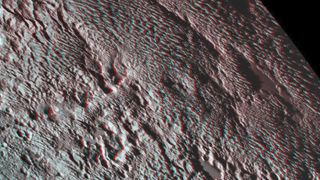
Skyscraper-size spikes of methane ice may surround Pluto's equator
By Deepa Jain published
Giant, ridge-like structures of methane ice, known as "bladed terrain," may be much more abundant along Pluto's equator than previously realized, a new study suggests.
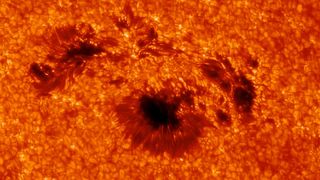
Scientists detect gargantuan 'pimple' that has plagued a star for at least 7 years
By Deepa Jain published
A transiting exoplanet has revealed a huge "spot" near the pole of its tiny M-dwarf parent star. The spot has been around at least 7 years and occupies 7% of the sun's surface.
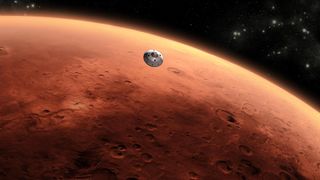
Mystery of Mars' missing water could be solved by the planet's tipsy tilt
By Deepa Jain published
Mars has lost immense amounts of water over it lifetime, and scientists aren't sure exactly how. New research hints that the planet's violently varying tilt may be a key factor.
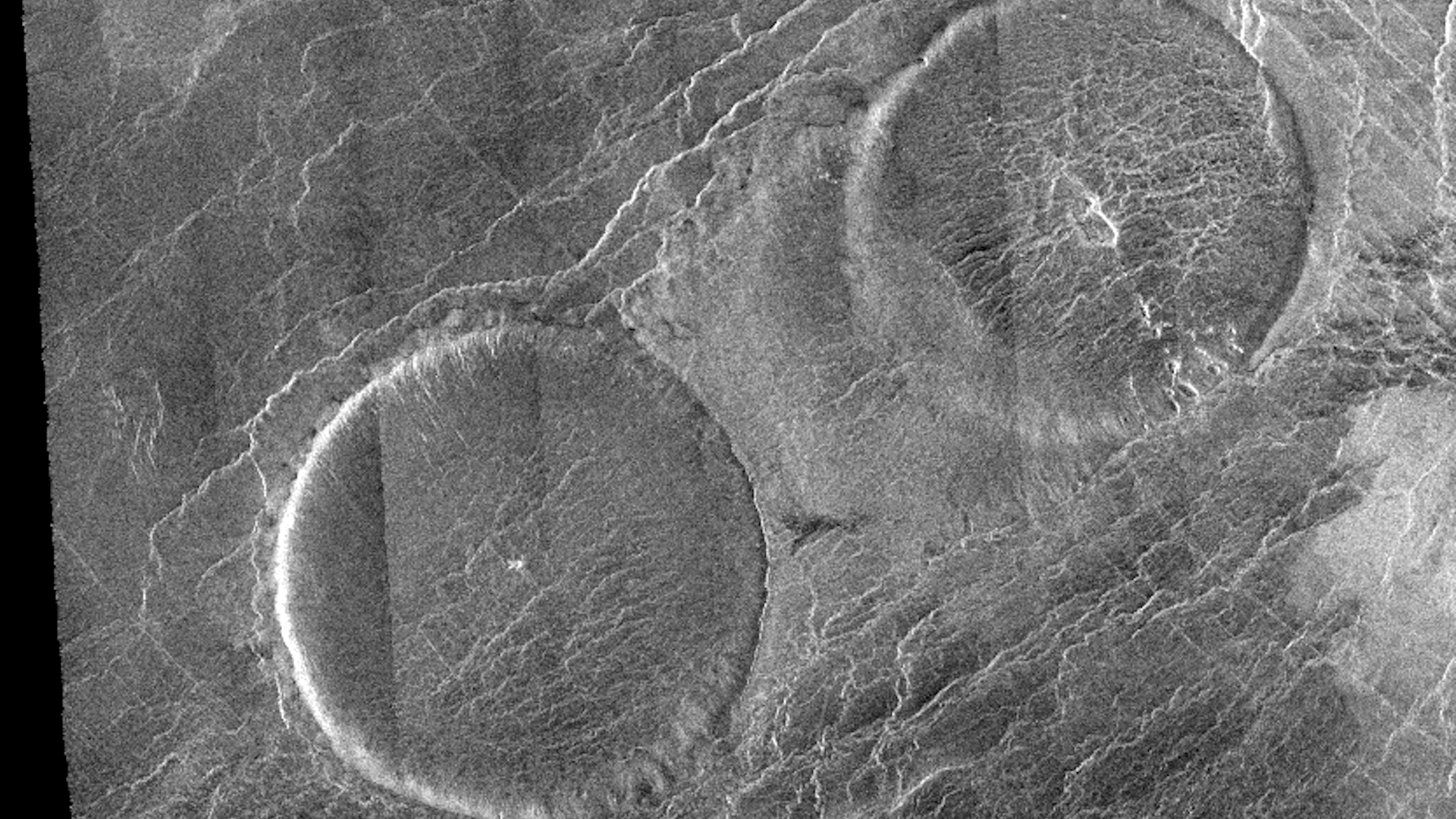
Hold the syrup: Weirdly perfect 'pancakes' on Venus may prove the planet is buckling
By Deepa Jain published
A study suggests that Venus' volcanic "pancake domes" push the planet's crust down, forming bulges toward the surface. This could explain a decades-old mystery.

Earth's moon could've had Saturn-like rings, new study hints
By Deepa Jain published
A new study implies that in the past, moons in our solar system may have had rings just like planets do — deepening the mystery of why no ringed moons exist today.

Comets played a 'major' role in making life on Earth possible, new study hints
By Deepa Jain published
A reanalysis of the data from the "rubber-ducky" comet 67P, collected nearly a decade ago, suggests comets may have deposited a lot more water on Earth than scientists previously thought.
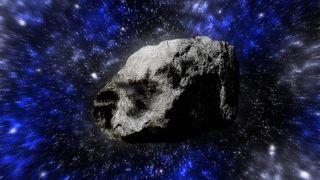
'God of chaos' asteroid may be transformed by tremors and landslides during 2029 flyby of Earth, study finds
By Deepa Jain published
When the 'God of chaos' asteroid Apophis makes an ultraclose flyby of Earth in 2029, our planet's gravity may trigger tremors and landslides that totally change the asteroid's surface.
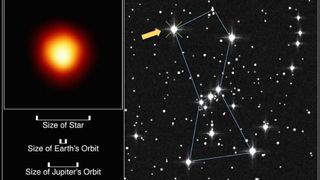
Betelgeuse, Betelgeuse? One of the brightest stars in the sky may actually be 2 stars, study hints
By Deepa Jain published
Betelgeuse, one of the brightest stars in the sky, may have a secret sunlike companion that drives the star’s mysterious six-year-long "heartbeat," new research suggests.
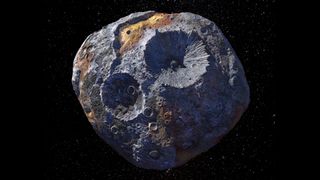
$100,000 quadrillion asteroid Psyche may be rusting, James Webb telescope reveals
By Deepa Jain published
A new James Webb Space Telescope analysis of the giant, metal-rich asteroid Psyche reveals signs of hydration in the form of rust. This could help pin down the mysterious rock's origins.

9-mile-thick layer of solid diamonds may lurk beneath Mercury's surface, study hints
By Deepa Jain last updated
New simulations suggest that a 9-mile-thick layer of solid diamonds may lurk deep below the surface of Mercury. The gems almost certainly can't be mined for bling — but they may help solve some of the planet's biggest mysteries.
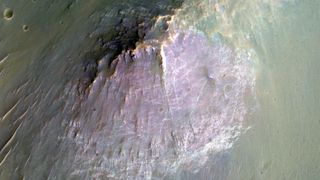
The speed of sound on Mars is constantly changing, bizarre study finds
By Deepa Jain published
New research shows that the speed of sound on Mars varies considerably by location and temperature. The findings could help scientists understand sounds picked up by Martian rovers, as well as make future crewed ventures safer.
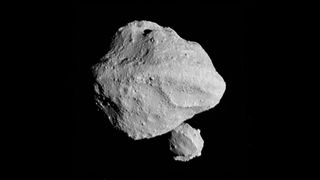
'Dinky' asteroid imaged by NASA has ultra-rare double moon, study confirms
By Deepa Jain published
Researchers have proposed a model for how a double moon named Selam formed around the tiny asteroid Dinkinesh. This is the first 'contact binary' moon ever discovered, scientists say.
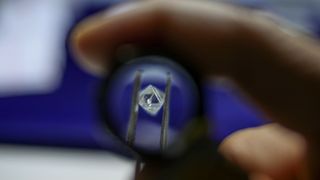
Scientists grow diamonds from scratch in 15 minutes thanks to groundbreaking new process
By Deepa Jain published
Scientists have used a new technique to synthesize diamonds at normal, atmospheric pressure and without a starter gem, which could make the precious gemstones easier to grow in the lab.
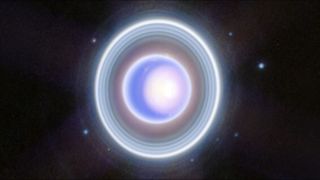
Uranus and Neptune aren't made of what we thought, new study hints
By Deepa Jain published
A study suggests the ice giants Uranus and Neptune aren't quite as watery as previously thought. They may also contain huge amounts of frozen methane, potentially solving the puzzle of how they formed.
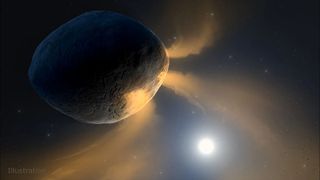
The Geminid meteors may be 10 times older than we thought, simulations of oddball asteroid Phaethon suggest
By Deepa Jain published
The comet-like asteroid Phaethon likely lobbed thousands of rocky fragments toward Earth while rapidly spinning around the sun 18,000 years ago, new research suggests ― and it may fling some more soon.
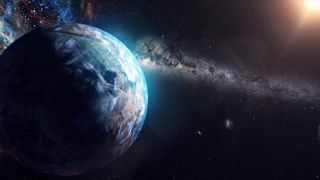
5 Earth-like worlds may lurk in the outer reaches of the solar system, simulations suggest
By Deepa Jain published
The young sun may have captured several Mars- or Mercury-size exoplanets that now orbit in the outer reaches of the solar system, but identifying them will be extremely challenging.
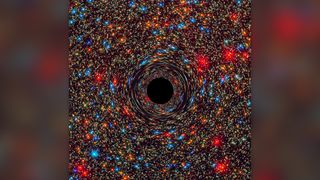
Tiny black holes from the dawn of time may be altering our planet's orbit, new study suggests
By Deepa Jain published
A study suggests primordial black holes may make planets and moons near us wobble. If measured experimentally, this will provide the first concrete proof such objects exist.
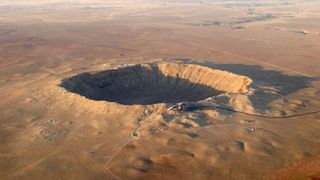
Barringer Crater may have been formed by a cosmic 'curveball,' asteroid simulations show
By Deepa Jain published
Asteroids with different spins and bonding strengths may be responsible for the vast variety of impact craters on Earth, including Arizona's Barringer Crater, new simulations show.
Get the world’s most fascinating discoveries delivered straight to your inbox.
